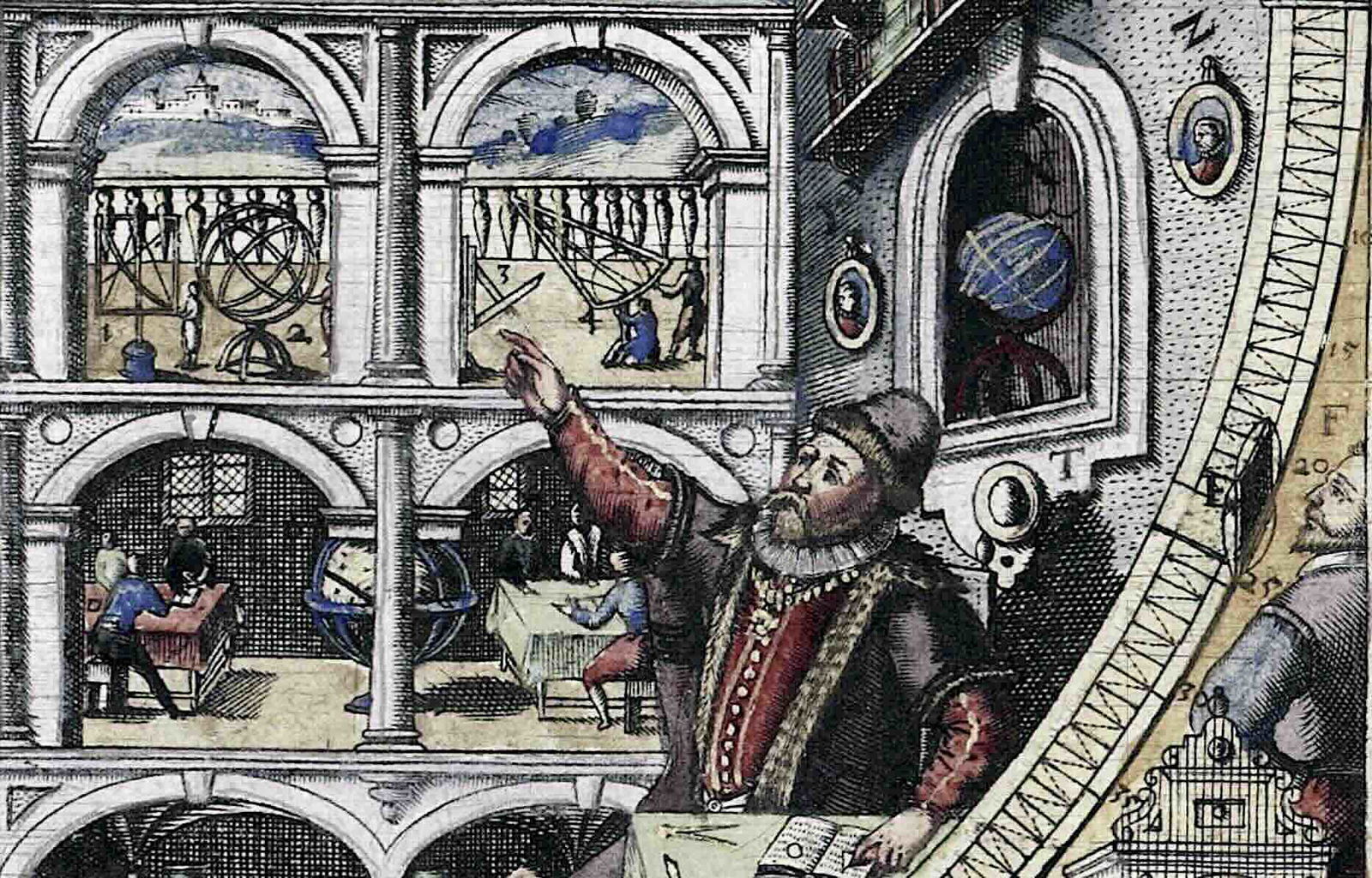Recent discoveries are shedding light on the ingredients used by Renaissance astronomer and alchemist Tycho Brahe in another of his early scientific pursuits: medicine.
An interdisciplinary effort by researchers is enriching our understanding of alchemy, the medieval precursor to science, in a collaborative endeavor that is filling in the gaps in our understanding of today’s proto-scientific forbearers.
Alchemy: Predecessor of Modern Science
Although alchemy is often depicted today as a purely mystical pursuit, that representation is only partially accurate. Alchemists held several nonscientific assumptions about how the natural world operated, but their work also depended on observation, an essential component of the modern scientific method.
A core difference between modern scientists and alchemists is that the latter tended to work in obscurity, driven by their own interests rather than aspiring to contribute to a larger body of reproducible knowledge. Some worked on pursuits like the transformation of lead into gold, a practice mostly popularly associated with alchemical research today. However, others chased knowledge that modern scientists are still seeking.
Tycho Brahe: Between Modern Science and Alchemy
Danish astronomer and alchemist Tycho Brahe fit more closely into the latter camp. He heavily contributed to astronomical knowledge that is still in use today and was very concerned with developing medications for the infectious diseases rampant at the time. Brahe went so far as to develop three treatments for the plague, the greatest medical crisis of his day, which even claimed the life of one of his children.
However, unlike scientists today, Brahe’s interest in astrology caused him to see little distinction between astronomy and medicine, considering the stars and the human body all parts of one system. Brahe made correlations where he felt that objects in the heavens, metals, and human body parts all shared some affinity. These included:
- Sun/gold/heart
- Moon/silver/brain
- Jupiter/pewter/liver
- Venus/Cooper/kidneys
- Saturn/lead/spleen
- Mars/iron/gall bladder
- Mercury/mercury/lungs
Early Research at Uraniborg
Bucking the usual isolation of other alchemists of his day, Brahe founded a research center at his castle, Uraniborg, where more than 100 people were involved in studies there from 1576 to 1597. Having fallen out of favor at court upon the death of King Frederick II in 1588, Brahe left Uraniborg for exile in 1797. Within just a few years, upon his death in 1601, the castle was torn down, and its stone was repurposed. With very few of his alchemical secrets preserved in written form, few specifics were known about the majority of Tycho Brahe’s chemical experiments.
However, once excavations of the site began in 1988, a small collection of artifacts relating to his research were unearthed, comprising a few shards, four pieces of glass, and a single ceramic scrap. Significantly, these artifacts were believed to have once been containers for various substances Brahe used in his experiments, although the specific contents they once held have remained a mystery for more than three decades.
Modern Analysis
“Cross sections of the shards have been analyzed for 31 trace elements by Laser Ablation Inductively Coupled Plasma with Mass Spectrometry,” write the authors of a new study by Kaare Lund Rasmussen and Poul Grinder-Hansen.
The researchers analyzed the shards “with the aim of detecting any traces of the chemical substances on the inside or outside of the shards used in the laboratory,” revealing traces of elements including Copper, Antimony, Gold, and Mercury had once occupied these vessels
Intriguingly, they also showed enriched Tungsten, a perplexing find given that this mineral was only first isolated in the late eighteenth century. Apart from Tungsten, some of the elements the researchers detected were also shown to be present in Brahe’s remains when they were exhumed and analyzed in 2010. Among these had been an abundance of gold, which Brahe was known to consume in his medicinal concoctions.
Some information has been preserved regarding the actual recipes Brahe used, although the majority of his discoveries were lost to time. What information has survived the centuries comes mostly from often unreliable secondhand sources. Brahe said of his discoveries that “it serves no useful purpose, and is unreasonable, to make such things generally known,” and would only discuss his findings with “princes and noblemen, and other distinguished and learned people” who he said would “keep it secret.”
Given this secrecy, the specifics of how the vessels were used remain a mystery, although hypotheses range from their use in holding acids for dissolving metals during experiments to simply being mundane trash receptacles.
Brahe and the Alchemical Legacy
Since the 1980s, several discoveries have sparked a renewed study of alchemy, focusing less on attempting to transmute lead into gold and more on reconstructing the history of science. Archaeological finds have included a sixteenth-century laboratory in Australia, a seventeenth-century laboratory in the United States, and another from the same era in Oxford.
Such discoveries have united the fields of archaeology, history, and chemistry in an ongoing effort to enhance our understanding of the history of knowledge and experimentation in the pre-scientific era.
Rasmussen and Grinder-Hansen’s recent study, “Chemical analysis of fragments of glass and ceramic ware from Tycho Brahe’s laboratory at Uraniborg on the island of Ven (Sweden),” appeared in Heritage Science on July 24, 2024.
Ryan Whalen is a writer based in New York. He has served in the Army National Guard and holds a BA in History and a Master of Library and Information Science with a certificate in Data Science. He is currently finishing an MA in Public History and working with the Harbor Defense Museum at Fort Hamilton, Brooklyn.

